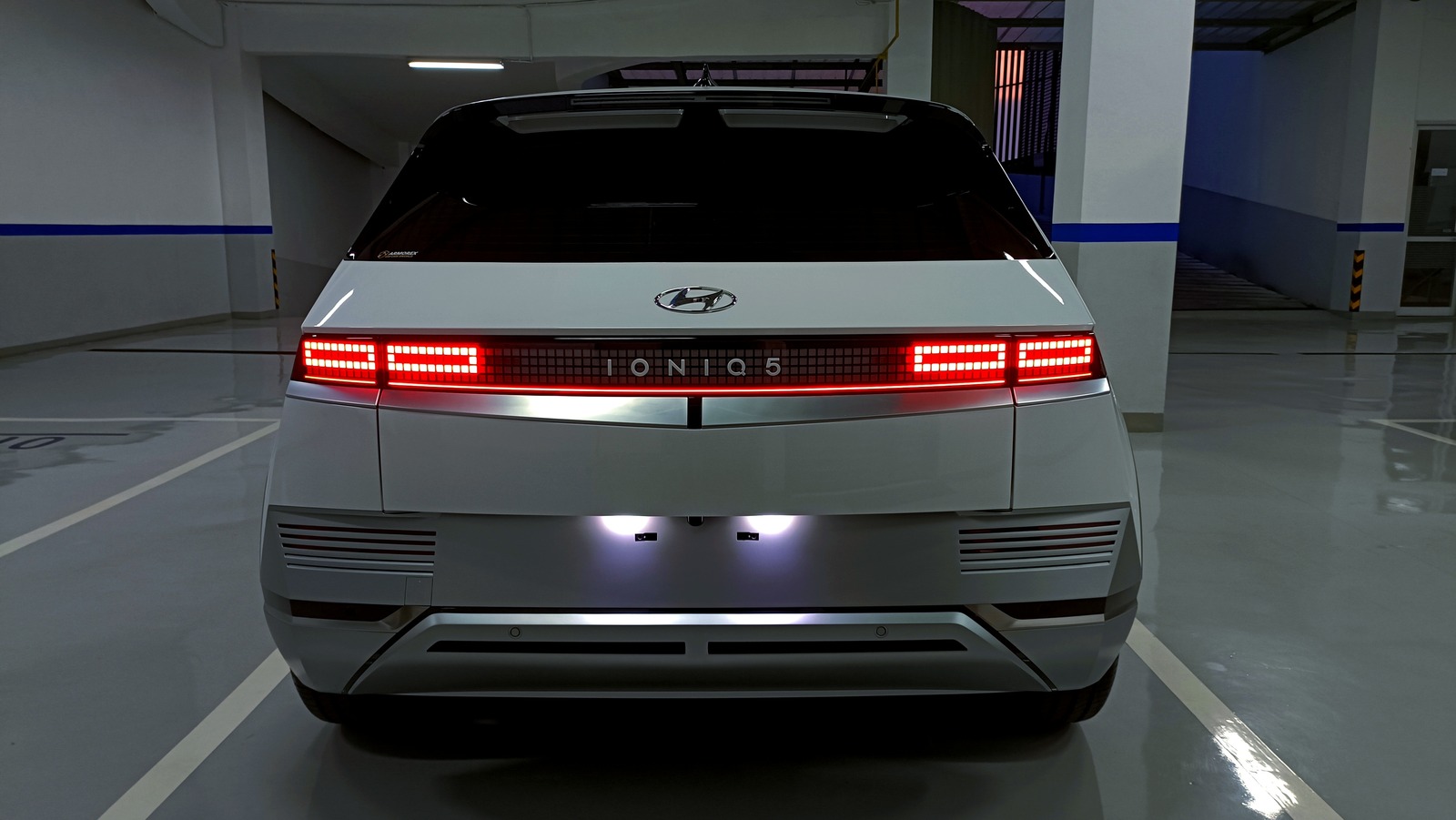The Hyundai Ioniq 5 Needs To Rethink Its Brake Lights Before It Causes An Accident – SlashGear

Traditional braking systems have a switch behind the brake pedal, activated when the driver pushes the brake. This causes the brake lights to turn on as the friction brakes at each wheel are activated. As simple as this system may be, the introduction of regenerative braking as seen in hybrids and EVs adds complexity.
In a regenerative braking system, the vehicle’s electric motor is used as a generator and provides a braking force before the friction brakes kick in. Like engine braking, using the vehicle’s kinetic energy to spin the electric motor and generate electricity slows the vehicle down. In a conventional regen system, the intensity of the braking force is decided by the amount of pressure applied to the brake pedal. Beyond a certain threshold, the friction brakes are also activated, but since the brake pedal controls both systems, the brake lights will turn on regardless of which system is slowing the vehicle down.
In one-pedal driving, as seen in some EVs, the brake pedal is no longer needed to slow the vehicle down significantly, even to a complete stop, as the vehicle uses powerful regenerative braking combined with automatic actuation of the brakes. Therefore, the switch which controls the brake lights isn’t activated. Automakers usually program their EVs to activate the brake lights when slowing significantly due to this regenerative braking, even though the switch at the brake pedal hasn’t been activated.
For all the latest Games News Click Here
For the latest news and updates, follow us on Google News.
